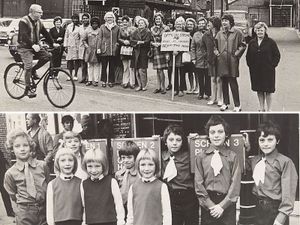Going underground - the wonders that lie beneath the West Midlands
A new book looks at the wonders that lie beneath the Black Country and surrounding areas. Mark Andrews reports.
Buried deep beneath Dudley town centre, it would make a passable set for a James Bond movie. Unknown to most of the people above, Dudley's best-kept secret is the Black Country's answer to the London Underground.
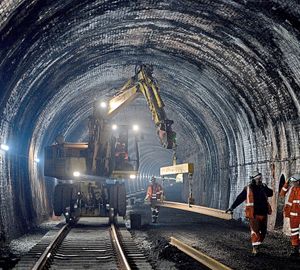
It is more than 30 years since trains ran through the 1.25-mile railway tunnel, which ran from the old Dudley town centre station in Castle Hill, through to Blowers Green station in Shaw Road. Today, the railway station is home to the Very Light Rail National Innovation Centre, and the underground railway is enjoying a new lease of life as a test track for the mini trams which are being developed at the site. It is also one of several hidden wonders to feature in a new book which explores what goes on beneath the West Midlands.
Going Underground: The Black Country, by Anthony Poulton-Smith, says few rail tunnels in the country have such a chequered history. It opened in 1850 as part of the Oxford, Worcester and Wolverhampton railway, which quickly picked up the nickname 'Old Worse and Worse."
"Had it not been for the terrain making the construction of a railway line well-nigh impossible to contemplate without it, the tunnel may never have been built," says Poulton-Smith. He says that while Dudley station itself was well used, the same could not be said for the other stations along the line.
"Within a few short years of the opening of what would become Blowers Green, passenger numbers were already in decline, and by 1887 the line served mostly freight."
If the Dudley railway tunnels is one of the earlier example of underground civil engineering on the Black Country rail network, the underpass at Tipton railway station a couple of miles up the road is one of the newest. For decades Tipton's Owen Street, in the centre of town, had been blighted by traffic queues at the notorious level crossing, which saw the road closed for up to 45 minutes an hour. In 2007, work began on a £22 million to cut a road tunnel beneath the railway, the new link finally opening in 2010. It was marked the end of the last level crossing on the West Coast mainline.
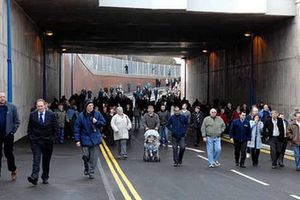
Walsall railway station, beneath the Saddlers shopping centre, also features in the book.
Many will argue the book's title is something of a misnomer. While the debate about where the Black Country lies is almost as old as the Dudley Bug itself, surely even the most ardent expansionist would concede that Rugeley and Cannock are a bit of a stretch?
"Would this be a book on the overground of the region, I could only agree," counters Poulton -Smith.
"However, this book looks at underground, and the boundaries above ground have no meaning beneath the surface."
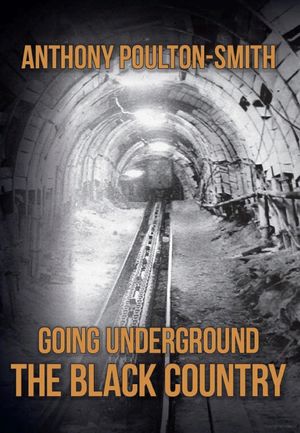
His book recalls several mining disasters, not least a huge gas explosion at Wyrley No. 2 on October 1, 1950.
"At precisely 9.18 that morning a huge gas explosion rocked the Grove Colliery beneath the Fleur de Lys public house," says the author.
"It is thought a naked flame was struck in the shaft. Fourteen men were killed that day, all retrieved an astonishing one-and-a-half miles below the surface."
The original Hamstead Colliery, near West Bromwich, lasted just 20 years from the time the first coal was extracted in 1878. After a fire in the deepest part of the mine proved impossible to control, the company closed the mine, with the loss of 800 jobs. However, within two years it was reopened to cope with a shortage of coal in the area. Problems with fires persisted, though, and in 1908 a blaze claimed 26 lives in one day.
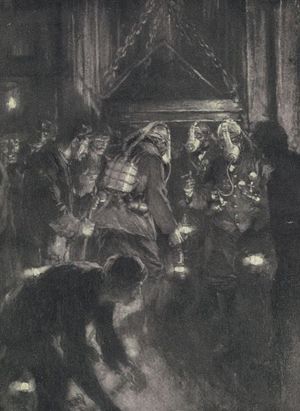
While many of the sites features are hidden from view for all but a select group of people, others have been developed as some of the region's leading tourist attractions. The Dudley Canal Tunnel, which opened in 1779, was all but disused by 1959. But a dedicated bunch of volunteers, determined that it should not be lost for future generations, took on British Waterways, which planned to shut it. The Dudley Canal Trust, working in partnership with the Black Country Museum which opened in the 1970s, turned it into one of the region's biggest tourist attractions, attracting 80,000 visitors every year.
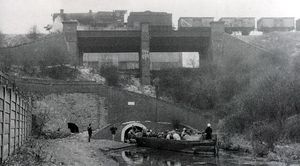
The Holy Austin Rock Houses at Kinver Edge are another example of a quirky underground antiquity which now enjoys a new lease of life as a tourist attraction. The soft, red sandstone which makes up the Edge was easy to cut into, and some enterprising locals came up with the idea of carving houses into the cliffs.
The earliest record of people living there dates back to 1777, when Joseph Heely took refuge from a storm and was given shelter by a ‘clean and decent family’. He described how the rock houses made good homes, being ‘warm in winter, cool in summer’.
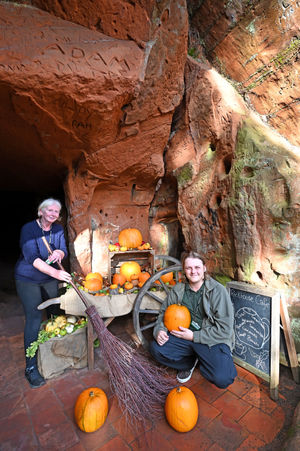
With its fresh air and open space, Kinver Edge was considered better a better living environment than the village with its smoke and risk of flooding, and interior space was only limited by how much sandstone could be dug out.
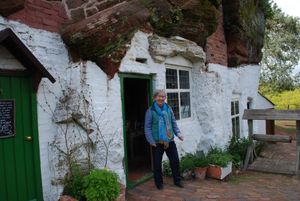
A well supplied the houses with water, and gas was later installed, although they lacked electricity. The 1861 census listed 11 families living in the rock houses.
In 1993 the upper houses were restored as a family home, using photographs and memories of times past. Stoves, furniture, windows and doors were all set into the sandstone, just as they were in the past, and today they form a popular visitor attraction run by the National Trust.
The majestic limestone caverns of Wren's Nest - home of the Dudley Bug trilobite, which features on the town's coat of arms - is described as one of Britain's most important geological sites in the book.
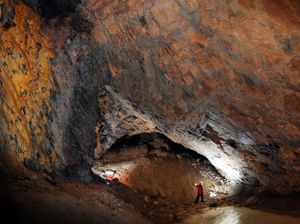
"Declared a scheduled ancient monument in 2004, it includes the last remaining surface opening limestone cavern in the world," says Poulton-Smith.
While the geological wonders of Wren's Nest go back 425 million years, but the caverns themselves are largely a man-made phenomenon. The earliest written records of limestone quarrying at Wren's Nest date back to 1796, but the activity is likely to have been going on centuries before then.
Poulton-Smith observes that age is now taking its toll on the workings, but hopes that they will be preserved for future generations.
"Sadly these tunnels, considered the best examples of limestone quarrying still in existence, are showing their age," he says.
"The Cathedral Gallery has been filled in with loose sand as Dudley Council try to retain and even redevelop what is claimed as one of the world's most important geological and mining sites.
"There is certainly the drive and ambition to secure this site for the future. Given time and resources, we can only hope these caverns are accessible to future generations."
*Going Underground: The Black Country by Anthony Poulton -Smith, published by Amberley Books, is on sale now priced £15.99.

